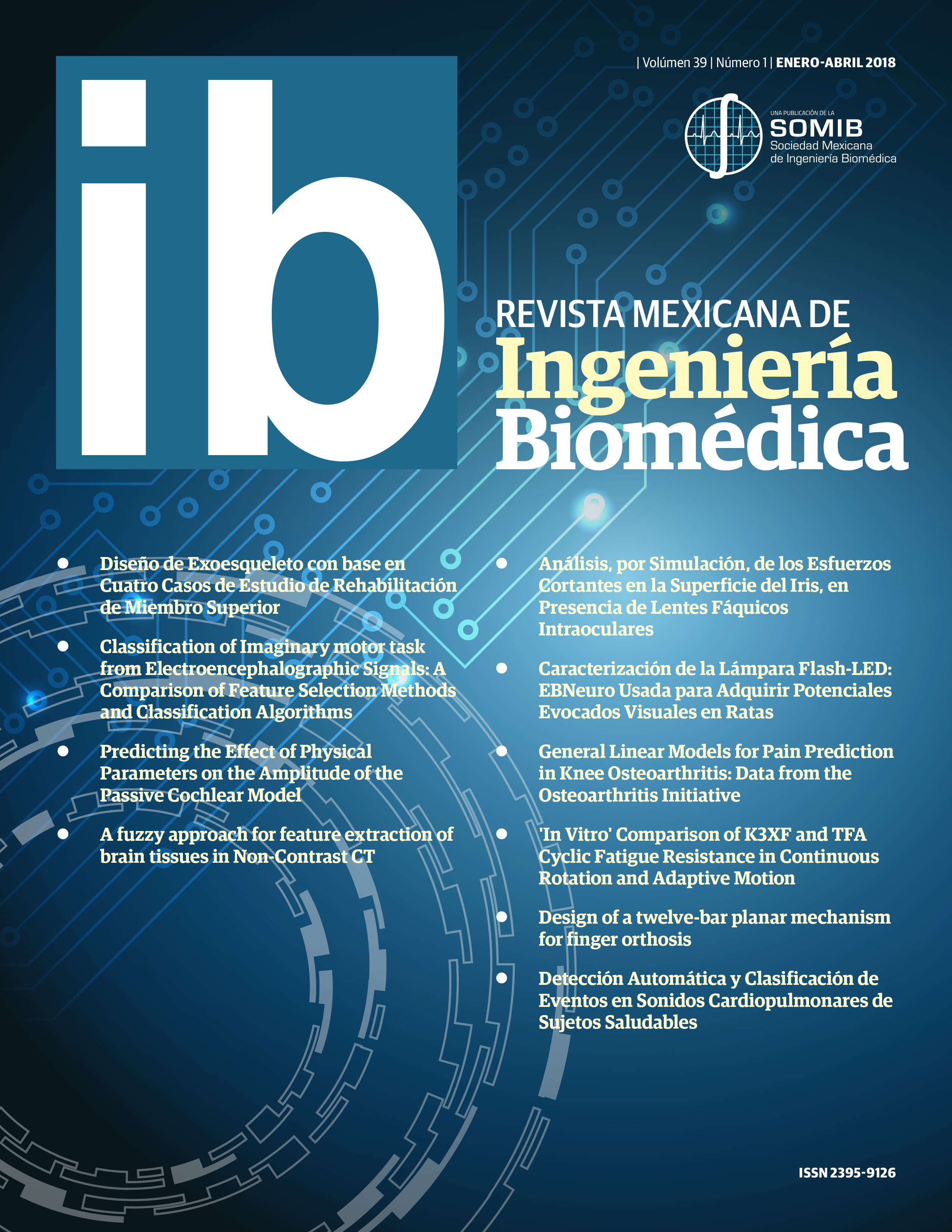'In Vitro' Comparison of K3XF and TFA Cyclic Fatigue Resistance in Continuous Rotation and Adaptive Motion
DOI:
https://doi.org/10.17488/RMIB.39.1.4Keywords:
cyclic fatigue, K3XF and TFA rotary instruments, continuous rotation, adaptive motionAbstract
Among the most common problems within dental professionals, is the fracture of rotary instruments of nickel and titanium root canal files (NiTi), when performing a procedure on a patient. Therefore, the objective of this work is to compare the in vitro resistance to cyclic fatigue of K3XF and TFA rotatory instruments, in continuous rotation and adaptive motion. For this, a static and cyclic fracture test was used and a fracture pattern was searched. The numbers of cycles until the fracture and the length of the fragments were determined. Of all the groups evaluated, K3XF-A exhibited the best resistance to cyclic fatigue. In future research, it will be performed an autoclaving and immersion cycles in sodium hypochlorite to be able to determine the separation causes of the rotary instruments. As a recommendation, the operator could significantly influence the decrease in resistance to cyclic fatigue due to the misuse of rotary instruments.
Downloads
Downloads
Published
How to Cite
Issue
Section
License

This work is licensed under a Creative Commons Attribution-NonCommercial 4.0 International License.
Upon acceptance of an article in the RMIB, corresponding authors will be asked to fulfill and sign the copyright and the journal publishing agreement, which will allow the RMIB authorization to publish this document in any media without limitations and without any cost. Authors may reuse parts of the paper in other documents and reproduce part or all of it for their personal use as long as a bibliographic reference is made to the RMIB. However written permission of the Publisher is required for resale or distribution outside the corresponding author institution and for all other derivative works, including compilations and translations.








